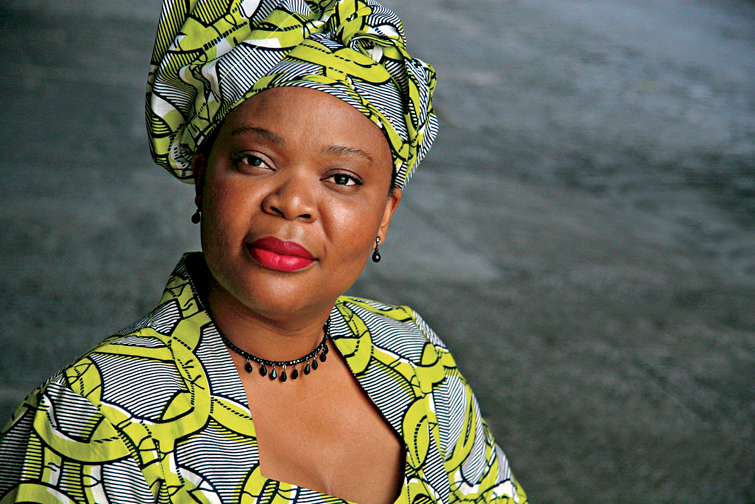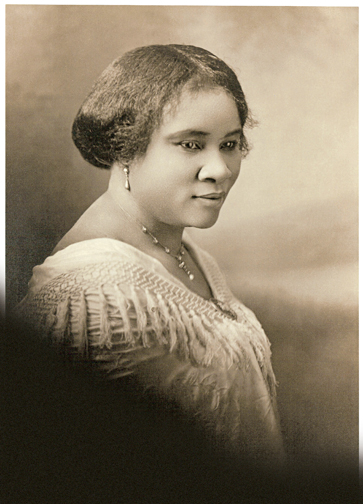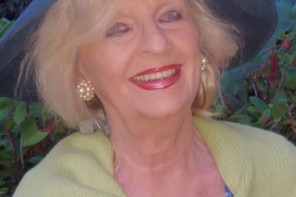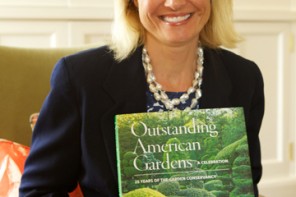Assouline’s “Visionary Women” ($50, 165 pages) offers readers 20 inspirational tales ripped, as they say, from the headlines — and history. They are as familiar as the stories of Helen Keller, who with teacher Anne Sullivan overcame blindness and deafness to become a writer and lecturer, and Marie Curie, the Nobel Prize-winning physicist and chemist who with husband Pierre discovered the radioactive elements radium and polonium.
And the stories are as fresh as that of Leymah Gbowee, the Nobel Prize-winning peace activist who cut across ethnic and religious lines to found the Women in Peacebuilding Network in her native Liberia; and that of Malala Yousafzai, the Pakistani teenager who captured the world’s heart when she braved a Taliban bullet to the head in pursuit of an education.
There are two stories, however, that will particularly resonant with local readers as they are set in part in Westchester County — those of entrepreneur/philanthropist Madam C.J. Walker, whose Irvington estate Villa Lewaro was a salon for the likes of opera star Enrico Caruso, and aviator/women’s rights activist Amelia Earhart, who lived in Rye with her husband, publisher George P. Putnam.
At a time when women — particularly women of color — had few rights, let alone opportunities, these two trailblazers showed that you could achieve the summit while lifting others with you.
The first free-born child of freed slaves, Sarah Breedlove McWilliams Walker (1867-1919), better-known as Madam C.J. Walker, would become the first female self-made millionaire, Angella M. Nazarian writes in the book.
“I am a woman who came from the cotton fields of the South,” Walker told the National Business Leaders Foundation in 1912. “From there I was promoted to the washtub. From there I was promoted to the kitchen. And from there, I promoted myself into the business of manufacturing hair goods and preparations.”
She did it as a widow to support herself and daughter A’Lelia, the child of her first marriage. (Her second marriage was to Charles J. Walker, a successful salesman.) But Walker also created beauty products to help women like herself who had lost their hair through a combination of illness, damaging treatments and poor nutrition.
She sold her homemade hair-growing products door-to-door. She canvased churches and women’s clubs. She established Lelia College in Pittsburgh to train beauticians. She expanded her company to the Caribbean and Central America. She invested in real estate, including a townhouse on 136th Street where A’Lelia would host “one of the most legendary salons of the Harlem Renaissance.”
But Walker didn’t stop there. She used the framework of the National Association of Colored Women’s Clubs to organize her saleswomen into Walker Clubs and then organized national conventions to inspire these women to become entrepreneurs.
Sadly, she didn’t have time to enjoy the fruits of her labors fully, dying from complications of high blood pressure only a year after moving into Lewaro, the white neoclassical manse on Route 9 that is on the National Register of Historic Places.
Earhart (1897-1937), in contrast, had a far more privileged upbringing in Kansas. But she, too, longed to slip the bonds of the limited life that had been set out for females. She found the vehicle for her dreams when she moved to California to be with her parents in the summer of 1920. Flying was all the rage, and, encouraged by her father, Earhart took off.
She continued to pursue flying as a hobby while working in Boston for the Women’s Educational and Industrial Union, which helped women find their place in the work force. In Boston, Earhart met G.P. Putnam, who had published Charles Lindbergh’s account of his historic solo transatlantic flight and was now looking for a woman to fly across the Atlantic — as a passenger. Earhart did just that in 1928, becoming the first woman to fly solo across the Atlantic four years later. By then, she was a writer, lecturer, a designer of women’s active wear, a founding stockholder and vice-president of what became Northeast Airlines and a women’s rights activist.
“I may have to keep some place where I can go to be myself now and then,” she wrote to Putnam on the morning of their wedding (Feb. 7, 1931) at his mother’s house in Noank, Conn., “for I cannot guarantee to endure at all the confinements of even an attractive cage.”
Six years later, she and navigator Fred Noonan vanished in the Pacific as they attempted to circumnavigate the globe. Was she captured by the Japanese? Did she secretly return to the United States to assume the identity of a New Jersey housewife (an unlikely scenario)? Or did she and Noonan die as castaways on Nikumaroro Island, where a piece of her plane was found last year?
We’ll never know. But thanks to this book, she, Walker and other “Visionary Women” continue to take flight.






